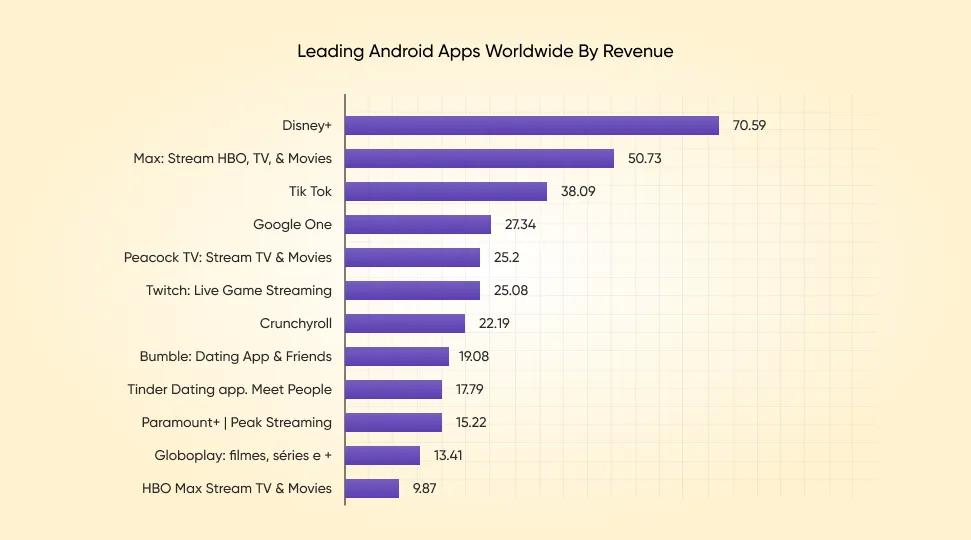Market research is the cornerstone of successful business strategies. By delving into consumer behavior, market trends, and competitive landscapes, businesses gain invaluable insights to make informed decisions. This comprehensive guide will explore the intricacies of market research, its types, benefits, and how it empowers businesses to thrive in today’s dynamic market.
Understanding Market Research
At its core, market research is the process of gathering, analyzing, and interpreting information about a target market, customers, competitors, and the industry as a whole. It’s about understanding your audience, their needs, preferences, and how they perceive your brand and offerings.
Types of Market Research
Market research encompasses various methodologies, each providing unique perspectives:
1. Primary Research
Primary research involves gathering firsthand information directly from the source – your target audience. This can be achieved through:
- Surveys: Online or offline questionnaires distributed to a sample group to gather quantitative data and insights.
- Interviews: In-depth conversations with individuals or small groups to explore specific topics and gain qualitative insights.
- Focus Groups: Moderated discussions with a small group of representative customers to gather feedback, opinions, and generate ideas.
- Observations: Observing consumer behavior in natural settings to understand their habits, preferences, and decision-making processes.
2. Secondary Research
Secondary research leverages existing data and information that has been collected by others. This includes:
- Industry Reports: Compiled data and analysis on specific industries, providing insights into market size, trends, and competitive landscapes.
- Government Publications: Data and statistics from government agencies, such as census data, economic indicators, and demographic information.
- Academic Research: Studies and publications from universities and research institutions offering valuable insights into consumer behavior and market trends.
- Competitor Analysis: Examining competitors’ websites, marketing materials, and public information to understand their strategies, strengths, and weaknesses.
The Importance of Market Research
Market research is not merely a box to be ticked; it’s an investment that yields significant returns:
1. Reduced Risks
By understanding market demand, competitive landscapes, and consumer preferences, businesses can mitigate risks associated with launching new products or entering new markets.
2. Enhanced Customer Understanding
Market research unveils invaluable insights into customer needs, preferences, and pain points, allowing businesses to tailor their offerings and marketing messages for maximum impact.
3. Improved Marketing ROI
Data-driven insights from market research enable businesses to optimize their marketing campaigns, target the right audience with the right message, and maximize their return on investment.
4. Competitive Advantage
Staying ahead of the curve requires understanding the competitive landscape. Market research provides insights into competitors’ strategies, strengths, weaknesses, and market positioning, empowering businesses to differentiate themselves and gain a competitive edge.
Conducting Effective Market Research: A Step-by-Step Guide
Define Your Objectives: What specific questions do you need answers to? Clearly defining your research objectives will guide your efforts and ensure you gather relevant data.
Determine Your Target Audience: Who are you trying to reach? Identifying your target audience’s demographics, psychographics, and behaviors will shape your research methods and data analysis.
Choose Your Research Methods: Select the most appropriate methods for your objectives and target audience, considering factors such as budget, timeframe, and the type of data needed.
Develop Your Research Instruments: Create well-structured surveys, interview guides, or focus group discussion outlines that elicit insightful and unbiased responses.
Collect Your Data: Execute your research plan meticulously, ensuring data quality and representation.
Analyze Your Findings: Transform raw data into meaningful insights through statistical analysis, qualitative coding, and interpretation.
Develop Actionable Recommendations: Translate your findings into clear and actionable recommendations to inform business decisions, marketing strategies, and product development.
Conclusion: Embracing Data-Driven Decision Making
In today’s data-rich environment, market research is no longer optional; it’s essential for businesses of all sizes to thrive. By embracing a data-driven approach, understanding their customers, and adapting to market dynamics, businesses can make informed decisions, mitigate risks, and achieve sustainable growth.


